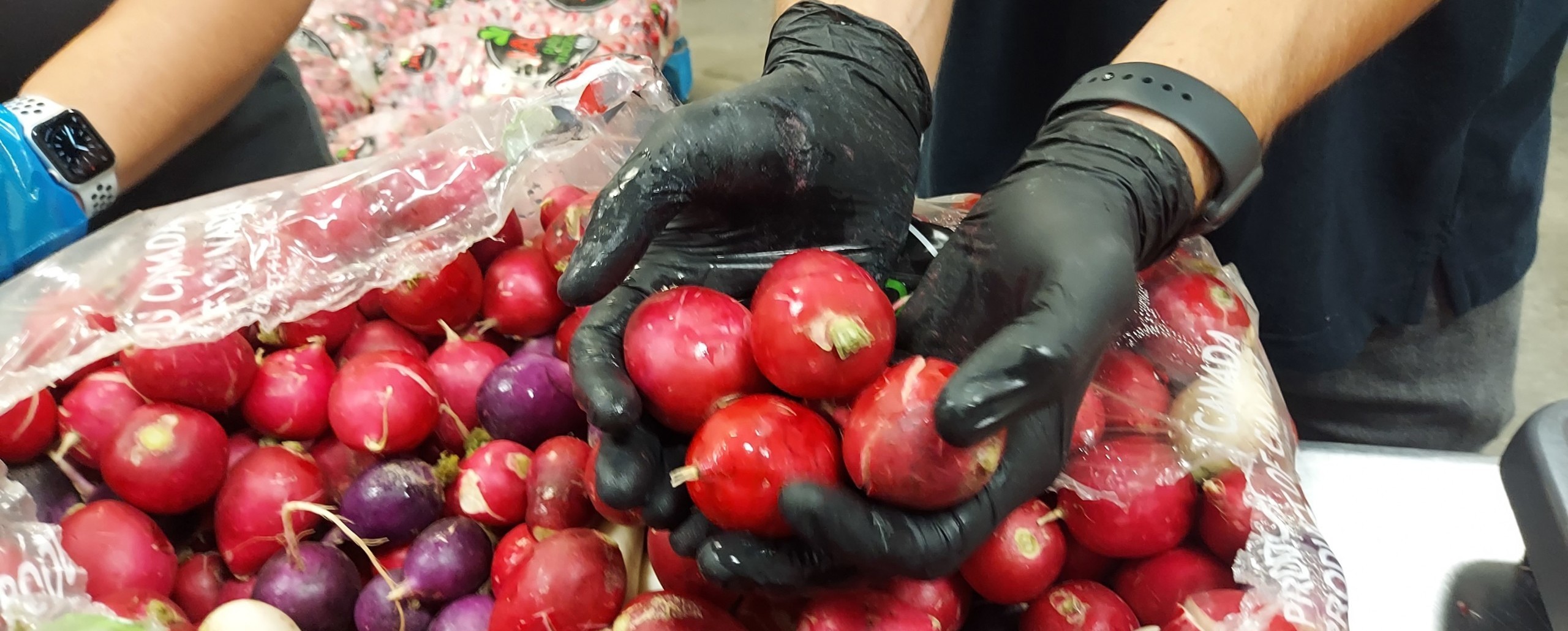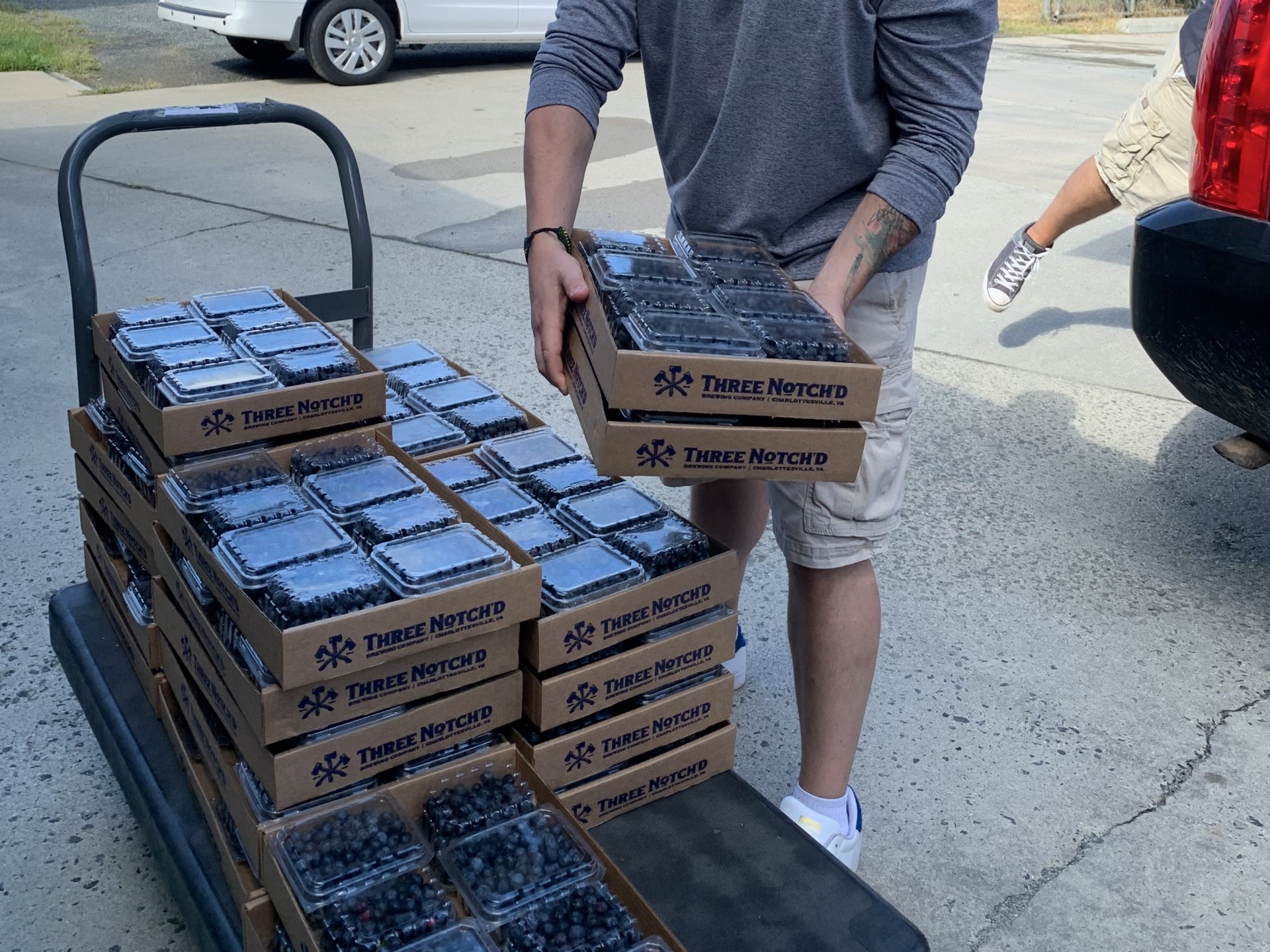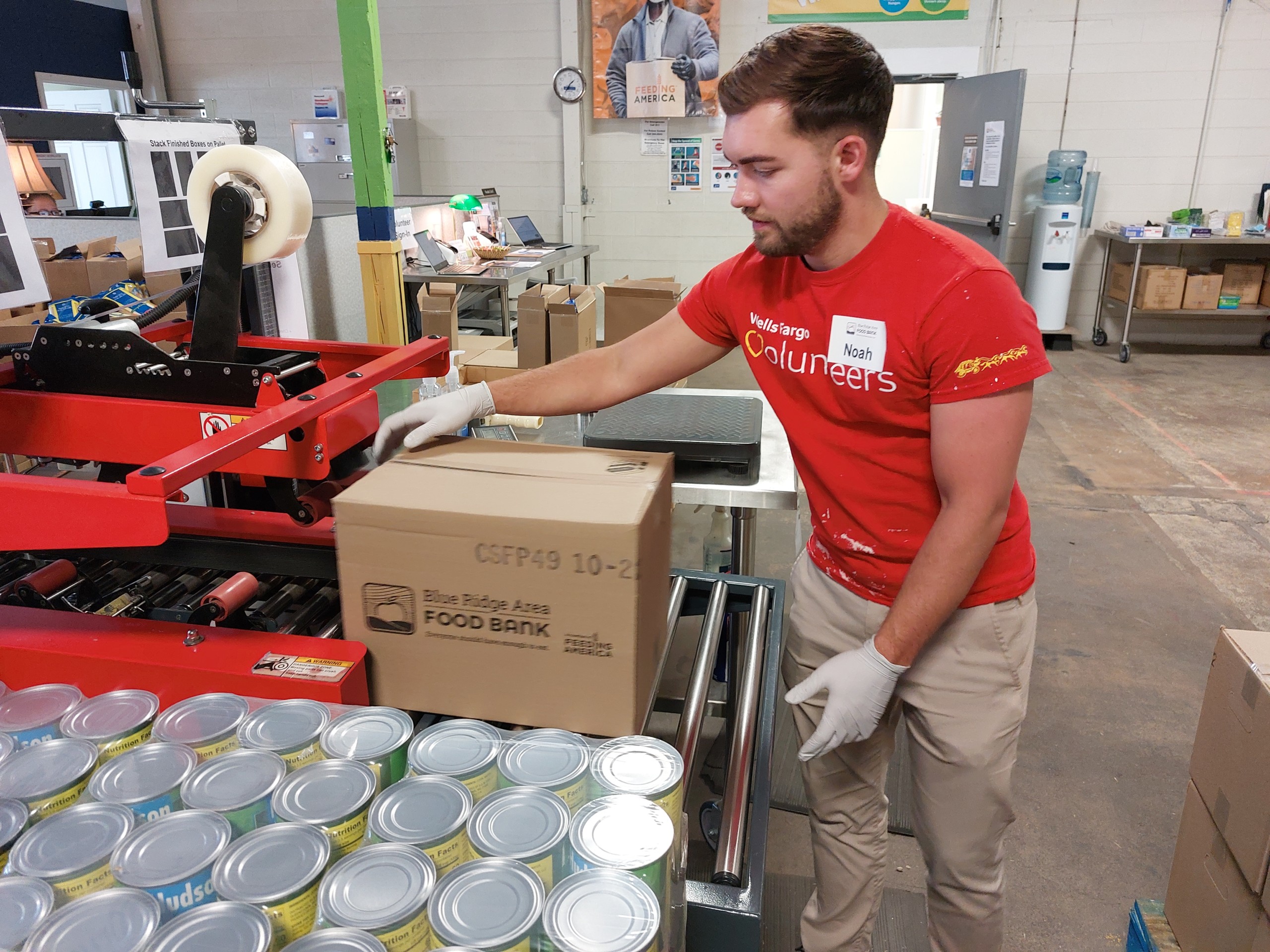Where Our Food Comes From

Donations
Food Banks were created to reclaim food that would otherwise go to waste and redistribute it to people in need. That ideal is still at the heart of a significant percentage of the food we obtain and distribute. Thanks to our affiliation with Feeding America, we capture donations of food from large corporations—national supermarket chains and large food manufacturers. Locally, we are supported by manufacturers, grocery stores, farmers, and community food drives.

Purchased Food
Your financial donations enable us to buy food and improve the nutrient profile, even though much of it is donated or comes from the USDA. Outreach programs like Family BackPack and Summer Feeding sites use pre-determined menus. The only way to fill them is by purchasing that food. Programs like the Farm Fresh Fund use a variety of locally-grown vegetables and fruits for distribution. We also continue to expand our Culturally Familiar Food (CFF) initiative.
The Food Bank serves a diverse swath of people, refugees, and immigrants, many of whom have limited or no access to federal public benefits, making them more vulnerable to food insecurity. So, when we prioritize culturally familiar staples, we better meet their nutritional needs and reinforce that family’s dignity.
All in all, the budget impact is about $4 million a year. These purchasing decisions are guided by our Board-approved nutrition policy and aided by the science and technology of our Nourish software.
USDA
The Emergency Food Assistance Program (TEFAP) is a Federal program of the U.S. Department of Agriculture (USDA) that distributes federally supplied commodities such as canned and frozen food to eligible households. Eligibility in this program is based on recipient income; distribution is limited to one time per month per family.




